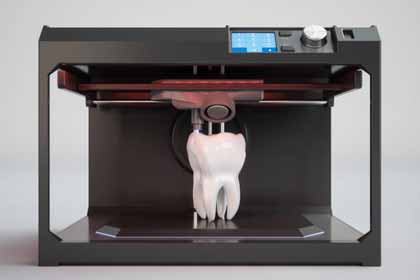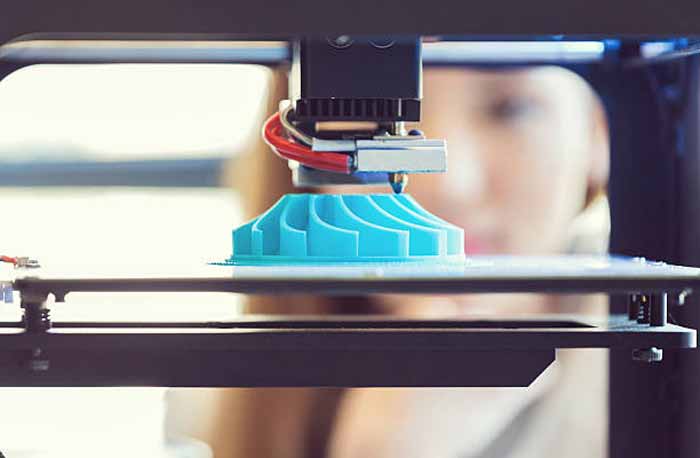How Do 3D Printers Work?
In the previous paragraph, we discussed how CNC machines and home inkjet printers work and how they can be used to produce products. These machines work by constructing a physical form from small layers, replacing the traditional factory production line. While they may not be as flexible as a CNC machine, they are less expensive and more resource efficient. This article will cover three of the many benefits of 3D printing. Read on to discover how these machines can be used to create various types of objects.
Less expensive than CNC

CNC machines are much more expensive than commercial 3d printer, but that doesn’t mean that 3D printing isn’t an option for small businesses. CNC is a good option if you need to produce high-volume items quickly and inexpensively. However, CNC machines are not suitable for mass production, and if you need to produce large numbers of objects, injection molding is a much better option. Both CNC and 3D printers have their advantages and disadvantages.
While both CNC machining and 3D printing have their benefits and disadvantages, the latter is the better choice if you only need small runs of custom parts or prototypes. CNC machining is more precise, but 3D printers are cheaper per unit. Considering these differences, CNC machining is the better choice for small businesses. In the long run, it will be more cost-effective for you in the long run.
More versatile than CNC
Although CNC and 3D printers are capable of similar tasks, they are different in many ways. The main difference is that CNC is better suited for mass-production. 3D printers are more flexible and can produce a wider variety of items. While the CNC is best suited for wood processing, 3D printers can produce a wider range of materials, including metal. Compared to CNC, 3D printers are more flexible and can replace other manufacturing methods.
Conclusion:
One of the greatest differences between CNC and 3D printers is speed. CNC machines have a higher production rate, so they can run around the clock. A 3D printer may have to slow down during the design process, so it is better to hire a professional. However, 3D printers vary in their speeds, and experienced professionals can usually get it working in less than two minutes. A CNC machine may also be more accurate, as it works with a subtraction method rather than an addition method.

